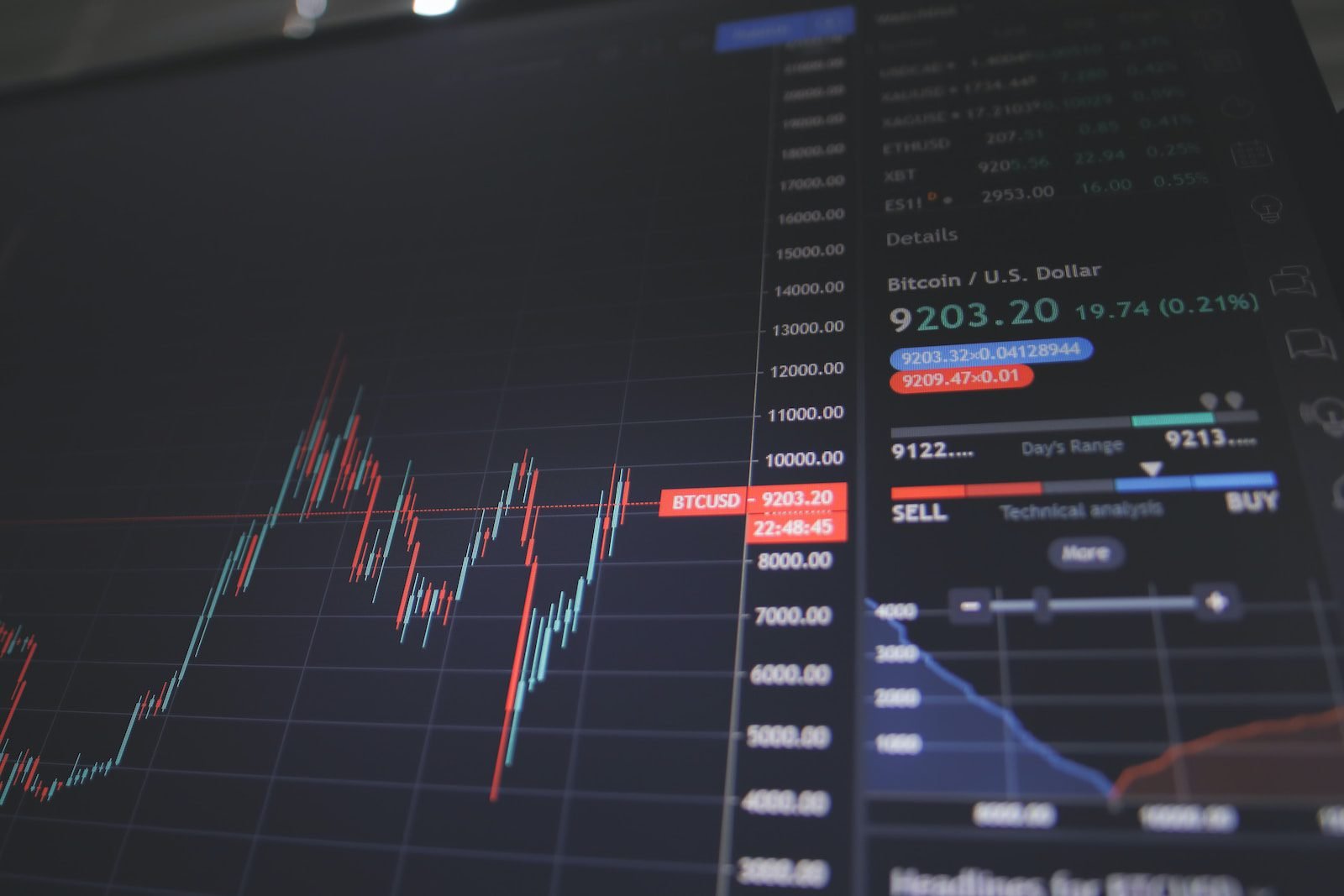As the USD Index continues to lose steam, EUR/USD has kept rising above 1.0640. After taking into account lower inflation in February and new banking instability, the Federal Reserve might keep interest rates the same.
Technical Overview

The EUR/USD bounced back from a key support (Fibonacci retracement, a key horizontal support band, and the 100-day Simple Moving Average (SMA) near 1.0500, according to daily charts. The rise in price wasn’t enough to get back to the 20-day simple moving average, which is at 1.0635. From a bigger picture point of view, the pair keeps moving sideways. If the price goes below 1.0500, it could go down faster.
Ahead of the Asian session, the 4-hour chart shows that EUR/USD is still around 1.0615, below the 20-period SMA. Many hours of consolidation have caused the technical indicators to stay flat. If the Euro goes above 1.0635, it could reach 1.0660 and then 1.0700. On the other hand, if the rate stays below 1.0580, it seems likely that it will head back towards monthly lows.
Fundamental Overview

The EUR/USD went up by a small amount on Thursday, which was a very quiet day. The decision by the European Central Bank (ECB) had very little effect on the foreign exchange market. This was especially true for EUR crosses. Thursday, US stocks went up, which hurt the US Dollar. Even though there is still a lot of uncertainty, markets are coming together before the Asian session and before the Federal Reserve’s week.
In line with what most people thought, the ECB raised its key interest rates by 50 bps. The way the financial markets reacted shows that it wasn’t a surprise and that few people expected a smaller increase. The statement was neither weak nor strong. The central bank made it clear that inflation is still a big deal. In the first sentence of the monetary policy statement, it says that inflation is expected to stay too high for too long. In the second paragraph, it says that the ECB is keeping a close eye on market tensions and is ready to act as needed to keep prices stable and keep the financial system stable in the euro area. A balance between inflation, which was brought up first, and financial tensions.
The ECB dropped the forward guidance, which was also expected, and gave no hints about how it will decide on policy in May. Analysts still think that the ECB will raise rates again. But that will depend on how the tensions in the banking sector change. The last reading of consumer inflation in the Eurozone will be released by Eurostat on Friday. This shouldn’t be a big deal.
As market sentiment got better, the DXY went down. If fears about the economy don’t stop getting better, the Greenback could get worse. The Philly Fed Manufacturing Index went from -24.3 to -23.2 in March, which is better than the market consensus of -14.5. Initial Jobless Claims went down after going up last week. Housing Starts and Building Permits went from 1.45 million to 1.52 million, which is a good sign for the housing market after months of bad news. On Friday, the Federal Reserve will release its report on Industrial Production, and the University of Michigan will release its report on Consumer Sentiment.
Source: Team CurrencyVeda





